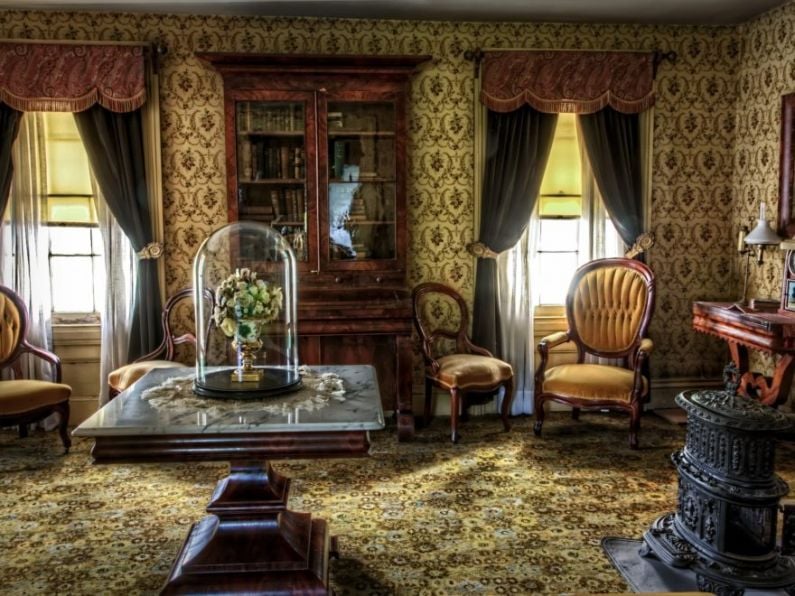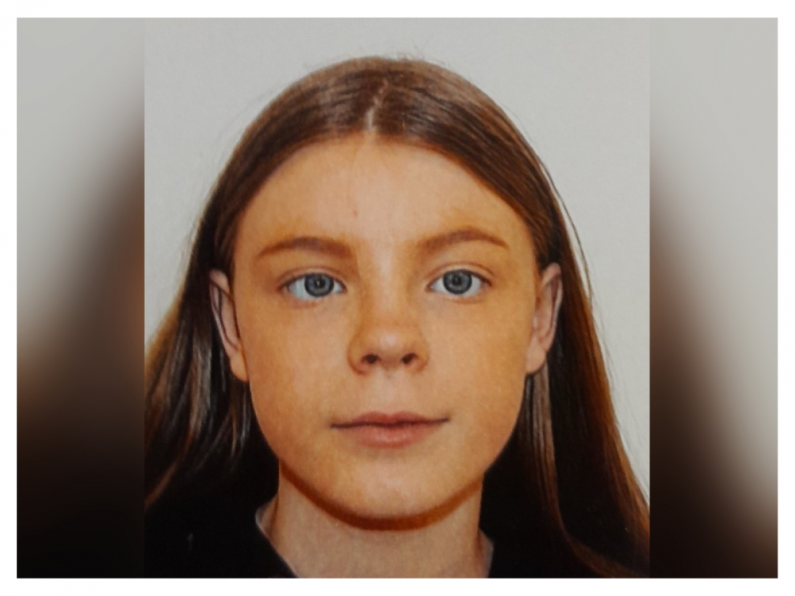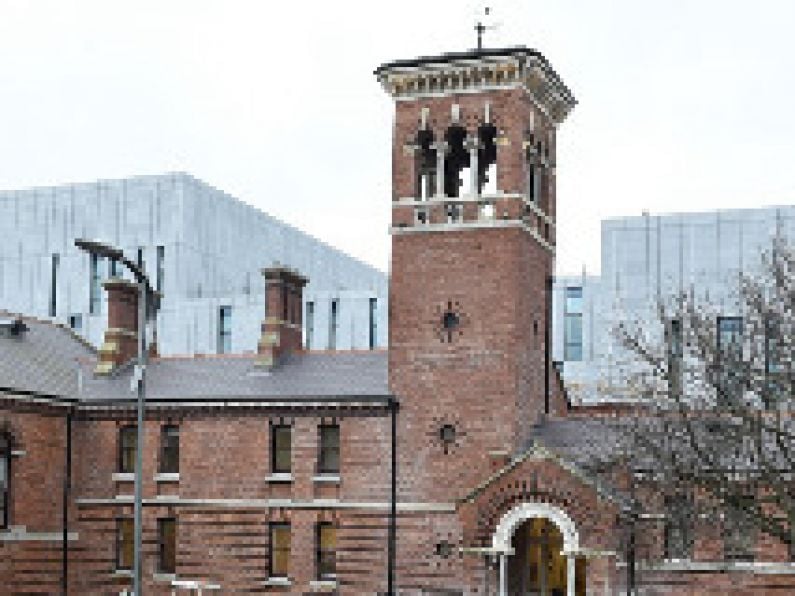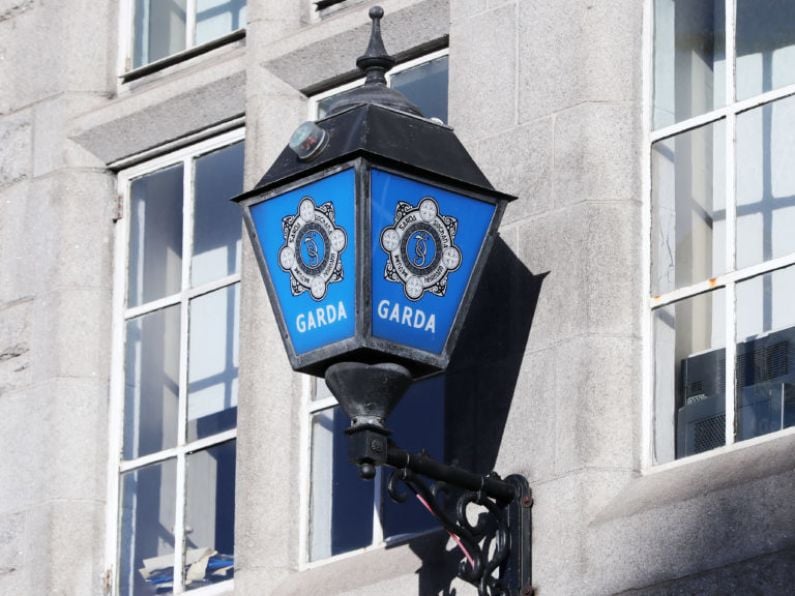Knocker uppers, phrenologists, and rat catchers were among the job titles of our ancestors, according to a new study.
Genealogy-firm Ancestry has revealed a number of popular occupations from the 19th and early 20th century which have since died out.
In a pre-alarm-clock world, you could become a knocker upper - someone whose role it was to tap on the windows of workers to wake them for their working day.
Then, there were phrenologists, who read intelligence based on the shape of people's heads, and rat catchers, who, well, you can probably guess...
To know your fishwives from your snobs, and your maltsters from your hobblers, read on...
Lamp Lighter
A lamp lighter was responsible for lighting and distinguishing the street lamps around the cities and towns where they worked.
This was a popular occupation for Irish people abroad with 60 Irish people working in the trade in the United States according to the 1900 United States Federal Census and 37 Irish lamp lighters in Scotland according to the 1901 Scotland Census.
Born in Leitrim, Charles Gallogher worked as a lamp lighter in the Portobello area of Edinburgh supporting his household of eight. While aged 60, Patrick S Lynch from Ireland was working as a lamp lighter in Boston having emigrated to the United States 30 years earlier.
Elevator Operator
An elevator operator was a popular job for Irish immigrants in America, with over 1,500 Irish people listed in the occupation in the 1940 United States Federal Census. This strength in numbers was seen leading up to 1940 with over 900 Irish people in 1930, over 390 Irish people in 1920, 145 in 1910, and 42 in 1900.
It was their job to control everything from the doors and direction to the speed and capacity of the elevator car.
Catherine O’Brien, born in the west of Ireland in 1906, worked as an elevator operator in an “apartment store” in New York. While across the country, Thomas Ginnelly, born in 1901, worked as an elevator operator for Singer Co in Chicago.
Linotype Operator
A linotype operator was a highly skilled worker who used the linotype, a hot metal typesetting system, to produce the daily newspaper.
Born in Dublin in 1873, Charles David Pringle worked as a compositor linotype operator in Wandsworth, London, according to the 1911 England Census. Also seen in this census is Daniel Devine, originally born in Donegal in 1870, working as a linotype operator in London.
Fishwife
Traditionally a fishwife was a woman who sold fish.
Sarah Macloon, born in Ireland in 1844, and Maryfeily Milia, born in Ireland in 1834, both worked as fishwives in Scotland in 1881. Both women were the head of their families, using their earnings to support their children.
Computer
In the 1800s and early 1900s companies used computers, usually women, to calculate figures and crunch numbers.
Meta E Draper and Francis J Mest, both from Ireland, worked as computers in Brooklyn, New York, according to the 1910 United States Federal Census. In the 1911 England Census, John Hicks, born in Enniskillen, Fermanagh, is seen working as a computer in London.
Town Crier
A town crier was in charge of shouting important news from street corners. It is a tradition dating back to the 18th century. This occupation is no longer popular, with town criers often now taking on a ceremonial role.
This was not a popular occupation among Irish people, with only five people working in the role between 1841 and 1911 in England, Scotland, Canada, and the United States.
John Cleverly, born in Dublin in 1872, worked as a town crier in Lincolnshire, England, in 1911, James McLaughlan, born in Ireland in 1815, worked in the role in Montreal City, Canada, in 1881, and Frances Lambie, born in Ireland in 1800, worked as a town crier in Dumbartonshire, Scotland, in 1871.
Maltster
A maltster, sometimes called a brewster, was a maker of ales, beers and other alcoholic beverages.
In the New York Irish Immigrant Arrival Records from 1846 to 1851, there are three Irish maltsters to be found. Bernard Devan, born in 1830, travelled to New York on the ship Admiral arriving on April 18, 1849. Pat Cassidy, born in 1824, travelled on the ship Vanguard, arriving in New York on May 27, 1850, while Patt Higgins, born in 1822, arrived on the Mortimer Livingston on September 6, 1851.
Snob
A snob, or sometimes known as a snobscat, was another name for a cobbler, a repairer of shoes.
John Tobin, originally from Macroom, Cork, worked as a snob during his time as an inmate at St Joseph’s Home in Notting Hill, London.
Knocker Upper
Knocker Uppers were still doing their rounds in 1911, as per the England Census as six men and one woman are listed with the job role.
A knocker upper would visit the homes of workers in their area and, using a tall stick, would tap on the bedroom windows of the workers to wake them up for the day.
Tweenie
A tweenie was a junior domestic maid who worked ‘between stairs’ to help the older housemaids and cooks in their duties. They were also sometimes referred to as a ‘between maid’.
Rat Catcher
A rat catcher was someone tasked with the job of capturing and disposing of the rodents that once ran rampant in residential neighbourhoods.
The occupation was a popular one with over 700 people being listed as rat catchers in England, Wales, Scotland, and the United States between 1861 and 1939.
A number of Irish people in Scotland worked as rat catchers as seen in documents from the 1881, 1891, and 1901 Scotland Censuses. Mathew McDonald was a prisoner in Duke Street Prison in Glasgow where he worked as a rat catcher in 1881. James Brady also held the occupation in Roxburghshire, Scotland, in 1891.
Compositor
Similar to a linotype operator, a compositor worked to produce newspapers. They could speedily arrange lines of typeset which would print newspapers.
Born in Trim, Leitrim, in 1840, William Harrison worked as an overseer of compositors in Wandsworth London according to the 1911 England Census. In Wales that year, Leonard Krauth, born in the Curragh, Kildare, in 1874, worked as a compositors painters in Glamorgan.
Hobbler
A hobbler was responsible for towing river and canal boats.
Corkman Peter Allan worked as a dock hobbler in Cardiff in 1911, aged 61, according to the 1911 Wales Census. He immigrated to Wales where he married his wife Ellen in 1890.
Phrenologist
Phrenology was not a popular occupation with only 12 people listed in the occupation from 1870 to 1911 across England, Scotland, and the United States. A phrenologist’s role was to read intelligence based on the shape of your head. This practice declined and ended in 1967.
Stackpoole Edward O’Dell, born in Limerick in 1841, worked as a phrenologist in Surrey, England, in 1911. In the same year, Thomas McGowan, born in Roscommon in 1854, was working in phrenology in London, while Joseph Reddy from Dublin was a young phrenologist in 1911, working in the field aged 25.
Whitesmith
A whitesmith is a person who works with tin, sometimes knowns as a tinsmith.
In the 1911 England Census, there are 13 Irish immigrants who work as whitesmiths. These include William Coffey, originally from Kilgass, Roscommon, who worked as an apprentice whitesmith. Also included are Charles Martin Miller, from Cork, Tomes Ellis, from Dublin, and Margaret White, from Ennis, Clare.
Battledore Maker
This was a seasonal role usually undertaken around the time of a spring clean. The occupation was the art of making beaters, usually from cane or reed, to remove dust from cloths or floor mats.






